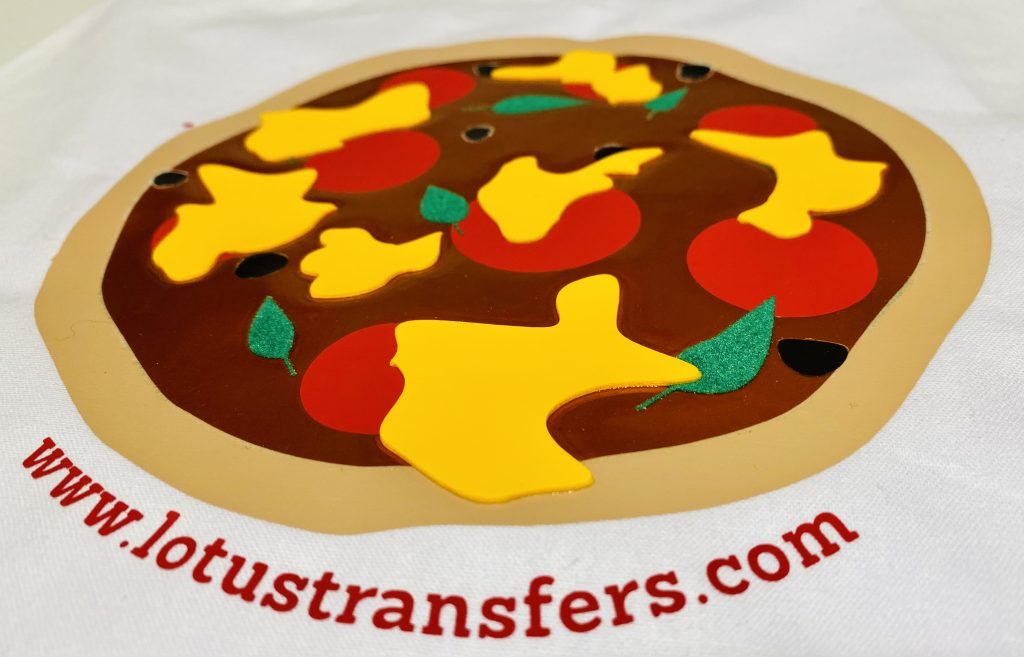
A contribution in 2 parts with theory (1) and practice (2) – Today: an important advice from “Flexman” Michael Hildebrandt
First of all you may have to consider not all flock and flex films are made to be combined with each other. I will try to give you an overview of the different possibilities, always addressing though each HTV manufacturer for special features.
Flock on flock
This combination involves some risks since you may already have significant differences in more or less stronger impregnations within the actual flock fibers. In this case the respective fibre height might represent a further challenge. If it is not possible to achieve a complete bond between the fiber and the hot-melt adhesive, there might be a risk of un-layering by washing. It is therefore advisable to adjust at least the parameters of pressure, temperature and time so that the hot melt adhesive anchors better. Please also note that loose fibers on the surface might also cause problems.
Flex on Flock
Please check first given information above on Flock on flock. The variety of flex HTV´s (PVC, PU, PET, etc.) is to be considered also. The stiffer the film the more challenging the adaptation to the very textured flock surface will be.
Flex on Flex
We totally recommend this option as flex HTV´s are surface and temperature regarding very easy-to-use. PVC and polyester surfaces are definitely not ideal for the realization of multi-colored applications unless they are pressed as first (lower) layer. Because of its chemical properties Polyurethane HTV´s are ideal for multilayer applications. Only a few neon, light blue, gold and silver coloured HTV´s are not recommended due to their special pigments. Using them as either top or bottom layer does not make a difference in that case.
Flock on Flex
This is almost the same matter as with Flex to Flex, taking in consideration flock should be used as top and flex as the bottom.
More tips and hints
To save time and therefore money, note that when applying the first layer, a transfer time of three to four seconds is sufficient before removing the application film. As for the final processing step though the full recommended transfer time achieves ideally the complete anchorage. Please note some HTV´s are made white adhesives instead of a transparent ones. If so, using them as the top, a white border effect may occur.
A guest post by Michael Hildebrandt (Poli Tape), illustration by Andreas Farnung (TVP Textile), print design and photography by Carla Janson (Lotus Transfer Press Solutions GmbH).



